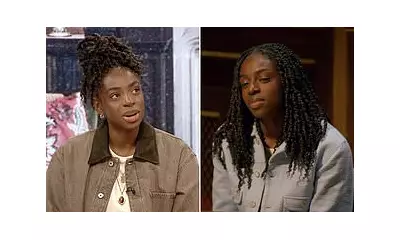
When Lily Allen stepped out in a striking ensemble following her divorce from Sam Cooper, many anticipated a modern-day "revenge dress" moment reminiscent of Princess Diana's legendary black off-the-shoulder Christina Stambolian gown. However, fashion critics and royal watchers alike are questioning whether the concept still holds the same cultural weight.
The Original Revenge Dress That Shook the Monarchy
Princess Diana's 1994 appearance at the Serpentine Gallery remains the gold standard for sartorial statements. Worn on the very night Prince Charles admitted his infidelity on national television, the dress became an instant symbol of female empowerment and resilience. "It wasn't just about looking beautiful," notes royal fashion historian Eleanor Thompson. "It was a calculated, powerful declaration of independence from a woman reclaiming her narrative."
Why Lily Allen's Attempt Fell Short
While Allen undoubtedly turned heads in her form-fitting black dress, the moment lacked the seismic cultural impact of Diana's original. Several factors contributed to this diminished effect:
- Changed Media Landscape: In today's oversaturated digital age, a single fashion moment rarely captures public imagination for more than 24 hours
- Different Context: Allen's divorce, while painful, lacks the constitutional gravity of a royal marriage collapse
- Evolution of Celebrity Culture: The public now expects more authentic expressions of emotion rather than carefully curated fashion statements
The Psychology Behind Revenge Dressing
Fashion psychologist Dr. Miriam Sterling explains: "The 'revenge dress' phenomenon taps into deep-seated psychological needs for reclaiming power and control after heartbreak. When Diana wore hers, she was telling the world - and Charles - that she would not be diminished by his actions."
However, Dr. Sterling notes that in today's culture, such gestures can sometimes appear performative rather than genuinely empowering. "The most effective fashion statements come from a place of authentic self-expression, not from trying to prove something to an ex-partner."
Has Social Media Killed the Revenge Dress?
With celebrities now having direct access to their audiences through Instagram and Twitter, the carefully staged paparazzi moment has lost some of its potency. "When every outfit is instantly documented and analysed online, no single ensemble can carry the weight that Diana's did," suggests fashion commentator James Wilkinson.
Furthermore, the constant cycle of celebrity breakups and makeups has desensitised the public to divorce dramas. "What felt revolutionary in 1994 now feels like standard celebrity behaviour," Wilkinson adds.
The Legacy of Diana's Fashion Rebellion
Despite the changing times, Princess Diana's revenge dress remains an iconic moment in royal and fashion history. It demonstrated how clothing could communicate complex emotional and political messages without uttering a single word.
As for Lily Allen and other modern celebrities attempting similar statements, perhaps the lesson is that true fashion power comes not from reacting to others, but from dressing for oneself. In an era of curated social media personas, authenticity might just be the most rebellious statement of all.





